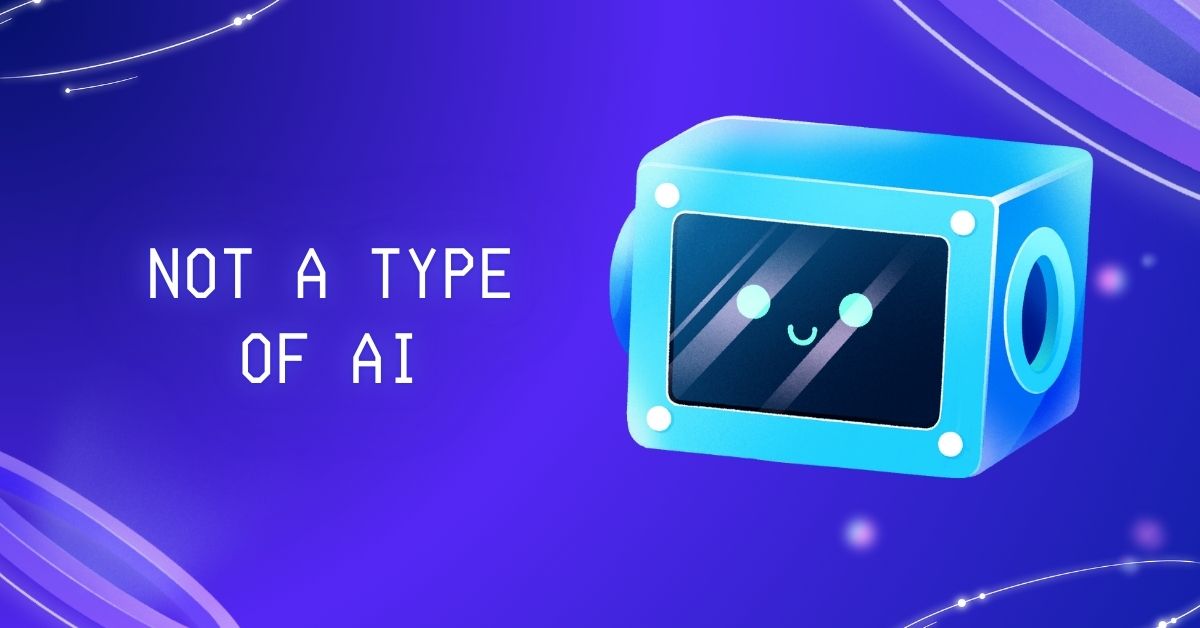a) Reactive
b) Limited Memory
c) Cloud Computing
d) Self-Aware
Ans: (c) Cloud Computing
AI can be divided into several categories. To understand why option (c) is the correct answer, let’s try to explore and understand how other options fall under the types of artificial intelligence.
- Reactive: These are the AI systems that react to the current input and produce output based on that. These are the simplest form of system that do not store any previous input. For example, IBM has designed a reactive chess-playing machine and named it Deep Blue. It monitors the current state of the chessboard and makes the best move after analyzing it, without depending on any past state of the board.
- Limited Memory: This is one of the common types of AI systems that are in use these days. These store past data for a short period of time. This facilitated the decision-making of these systems. Self-Driving cars take data from their surroundings such as traffic and other cars, store it for better navigation.
- Self-Aware: This is the ideal model for AI systems. The ultimate point in development of artificially intelligent systems is to have a system that has human-like consciousness, can display emotions, and is aware of its own existence. This AI model doesn’t exist yet.
So, here we have explained why all the three options come under types of AI and are not the correct answer to the question asked. Let’s look at what cloud computing is, and how it is different from AI types.
Cloud Computing: This term is given to the remote servers that are hosted on the internet to store, process and manage the data, relieving the burden from local systems. This also makes data readily available to use and enhances collaboration among individuals or groups. This is not an AI model, rather a computational model that has a lot to do with data.
